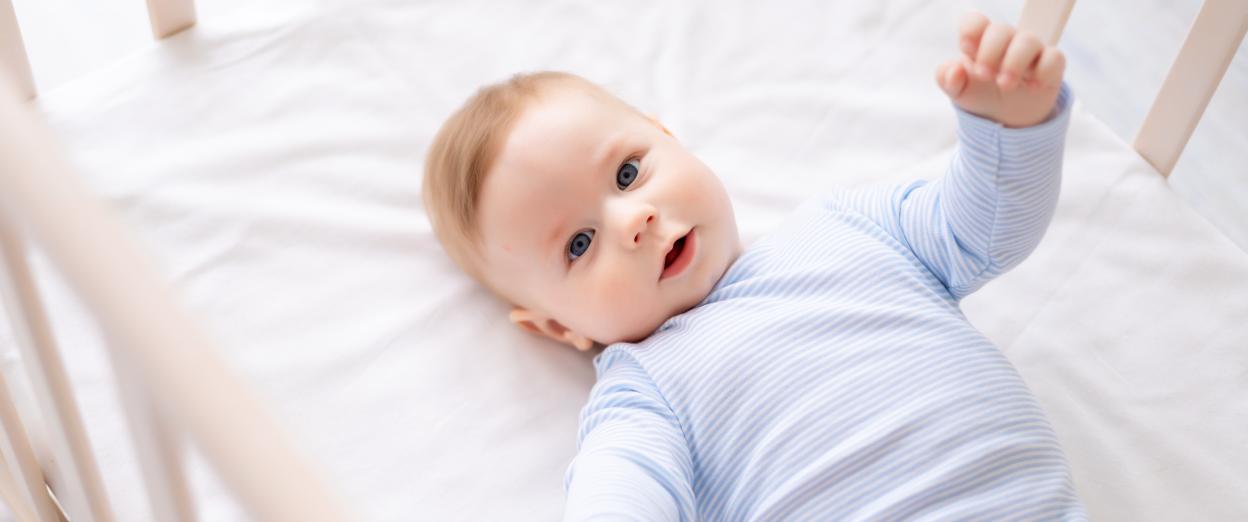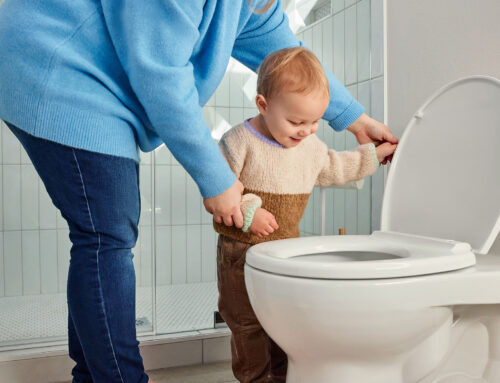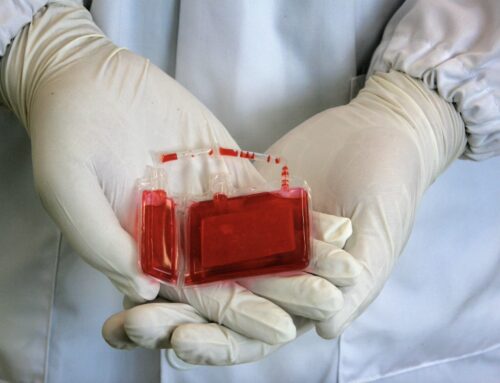Crib Safety: How to improve safety for your baby.
Improving the safety of your baby’s crib is important to reduce the risk of accidents and ensure a safe sleeping environment. Here are some tips to help improve crib safety:
- Use a certified crib: Ensure that the crib meets current safety standards, such as those set by the Consumer Product Safety Commission (CPSC) in the United States or equivalent standards in other countries. Look for certifications such as ASTM International or Juvenile Products Manufacturers Association (JPMA) to ensure the crib meets safety requirements.
- Check for recalls: Regularly check for recalls on your crib to ensure that it is safe and has not been recalled for any reason. You can check the CPSC website or contact the manufacturer for information.
- Use a firm mattress: Use a firm mattress that fits snugly in the crib. There should be no gaps between the mattress and the crib frame that could pose a suffocation hazard.
- Avoid using crib bumpers: Crib bumpers, including those marketed as “breathable,” can pose a suffocation hazard and increase the risk of Sudden Infant Death Syndrome (SIDS). It is safest to avoid using them.
- Remove soft bedding: Remove pillows, stuffed animals, and other soft bedding from the crib. These items can increase the risk of suffocation.
- Use a fitted sheet: Use a fitted crib sheet that is specifically designed for your crib mattress. Avoid using sheets that are too loose or too tight.
- Lower the crib mattress: Lower the crib mattress to its lowest position once your baby can push up on their hands and knees or pull themselves up. This will help prevent falls as they become more active.
- Avoid using crib mobiles: Once your baby can reach and grab objects, remove crib mobiles to prevent them from pulling it down onto themselves.
- Keep the crib clear: Keep the area around the crib clear of items that could pose a suffocation or entrapment hazard, such as cords, toys, and plastic bags.
- Supervise your baby: Always supervise your baby when they are in the crib, especially if they are awake and active.
By following these tips, you can help create a safe sleeping environment for your baby.
Should a baby sleep on their back or stomach?
Babies should be placed on their back to sleep, as this position has been shown to reduce the risk of Sudden Infant Death Syndrome (SIDS). It’s important to always place your baby on their back for naps and at night, even if they have reflux or spit up frequently. Once your baby is old enough to roll over on their own, you can let them find their own comfortable sleeping position, but still start them on their back. If you have specific concerns about your baby’s sleep position, it’s always a good idea to discuss them with your pediatrician.
How often should I check in on my baby in the crib?
It’s a good idea to check on your baby regularly while they’re sleeping, but you don’t need to do it too frequently. The American Academy of Pediatrics recommends placing your baby in a crib or bassinet in your room for the first six to 12 months, which can make it easier to keep an eye on them.
In general, you might check on your baby:
- Initially: It’s common for parents to check on their baby frequently in the first few weeks, just to make sure they’re okay and to reassure themselves.
- During Night Feedings: If you’re feeding your baby during the night, that’s a natural time to check on them.
- Every 2-4 Hours: For infants, you might consider checking on them every 2-4 hours, or during your own sleep breaks, to ensure they’re comfortable and safe.
- If You’re Concerned: If you hear a noise or have a feeling that something might be wrong, it’s perfectly fine to check on your baby more often.
It’s important to find a balance where you can get enough rest as well, so try not to check on them excessively, as this can disrupt both your sleep and your baby’s.




